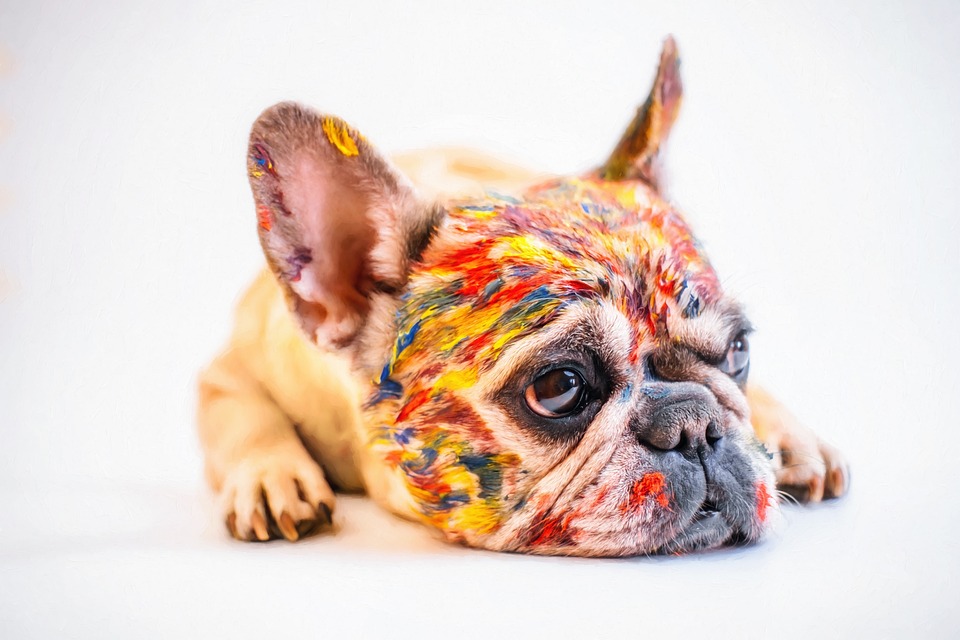In the world of pet care, understanding and addressing dental problems in toy breeds is of utmost importance. Toy breeds, due to their small size and delicate teeth, are more prone to dental issues compared to larger dog breeds. In this article, we will delve into common dental problems in toy breeds, their causes, and effective ways to address and prevent them.
One of the most common dental problems in toy breeds is dental plaque and tartar buildup. Plaque is a sticky film that forms on the teeth, and if not removed, can harden into tartar. This buildup can lead to gum inflammation and eventually, periodontal disease. Periodontal disease is another prevalent dental issue among toy breeds, characterized by infection and inflammation of the gums and supporting tissues of the teeth.
Tooth decay and cavities can also occur in toy breeds, especially if their diet consists of sugary or high-carbohydrate foods. Additionally, malocclusion, or misalignment of the teeth and jaws, is another dental problem that toy breeds may experience. This can cause discomfort, difficulty in chewing, and even affect the overall health of the dog.
While toy breeds are genetically predisposed to dental issues, several factors contribute to the development of these problems. Genetics and breed characteristics play a significant role, as some breeds have crowded teeth or smaller jaws that make dental care more challenging. Poor oral hygiene and inadequate dental care routines are also common causes of dental problems in toy breeds. Additionally, diet and nutrition can play a role, as certain foods can contribute to plaque formation and tooth decay.
Addressing dental problems in toy breeds requires a proactive approach. Regular dental check-ups and cleanings by a veterinarian are essential for identifying and treating dental issues early on. Brushing your dog’s teeth regularly using a dog-specific toothbrush and toothpaste is crucial for maintaining oral hygiene. Providing appropriate dental chews and toys can help remove plaque and tartar buildup and promote healthy teeth and gums. In more severe cases, dental treatments and procedures may be necessary to address specific dental issues.
Prevention is always better than cure when it comes to dental problems in toy breeds. Establishing a dental care routine from an early age is crucial. This includes regular brushing, using dog-specific toothpaste, and providing dental-friendly treats. Choosing the right diet and nutrition, such as feeding high-quality dog food and avoiding sugary or high-carbohydrate treats, can also contribute to good oral health. Offering safe chew toys and bones can help keep your dog’s teeth clean and strengthen their jaws. Regularly inspecting your dog’s teeth and gums for any signs of dental issues is also important in preventing problems from escalating.
To address common concerns, here are some frequently asked questions about dental problems in toy breeds:
1. How often should I brush my toy breed’s teeth?
It is recommended to brush your toy breed’s teeth at least 2-3 times a week to maintain good oral hygiene.
2. Can I use human toothpaste for my dog?
No, human toothpaste is not suitable for dogs as it contains ingredients that can be harmful if swallowed. It is crucial to use toothpaste specially formulated for dogs.
3. Are there any specific dental products recommended for toy breeds?
There are dental products specifically designed for toy breeds, such as mini toothbrushes and small-sized toothpaste tubes. These can make brushing easier and more comfortable for your dog.
4. My dog has bad breath. What could be the cause, and what can I do about it?
Bad breath in dogs can be a sign of dental problems. It is essential to schedule a dental check-up with your veterinarian to identify the cause and address it accordingly.
5. Is anesthesia necessary for dental cleanings in toy breeds?
Anesthesia is commonly used during dental cleanings in toy breeds to ensure the comfort and safety of the dog. It allows for a thorough examination and cleaning of the teeth and gums.
6. How can I prevent my toy breed from developing dental problems?
Preventing dental problems in toy breeds involves establishing a dental care routine, providing appropriate chew toys, and feeding a balanced diet. Regular dental check-ups and cleanings are also crucial in preventing and addressing dental issues.
7. Are there any signs I should look out for that indicate dental issues in my toy breed?
Signs of dental issues in toy breeds may include bad breath, swollen or bleeding gums, difficulty eating or chewing, pawing at the mouth, and loose or missing teeth. If you notice any of these signs, it is important to consult with your veterinarian.
8. Can dental problems in toy breeds affect their overall health?
Yes, dental problems in toy breeds can have a significant impact on their overall health. Untreated dental issues can lead to pain, difficulty eating, and even systemic infections that can affect other organs in the body.
In conclusion, understanding and addressing dental problems in toy breeds is crucial for their overall health and well-being. By being aware of common dental issues, their causes, and implementing preventive measures, pet owners can ensure their furry companions have healthy teeth and gums throughout their lives. Regular dental check-ups and a robust dental care routine are key to keeping your toy breed’s smile bright and disease-free.









